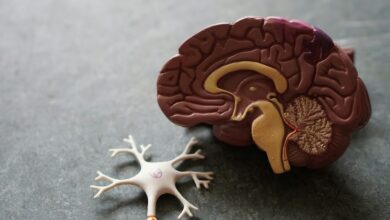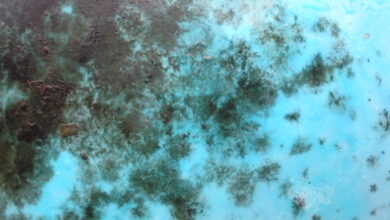The Environmentalist Handbook: Understanding Restoration vs. Conservation
When it comes to rectifying the damaging impact humans have had on the environment, there are two main principles to focus on: restoration and conservation.
In simple terms, both approaches use human intervention to help recover what has been lost (through restoration programs) and aim to preserve what remains (with conservation efforts).
What is restoration ecology?
The main objective of environmental restoration is to rebuild ecological structures and services that have been destroyed.
Restoration tends to focus on botanicals within an environment and may also include animals and organisms. It aims to recover damaged ecosystems due to human interference so the ecological system can return to its natural cycles.
Many organizations have successful restoration programs, such as the revegetation projects supported by Granite Seed (https://graniteseed.com/).
Restoration projects reclaim damaged ecosystem functions and habitats by restoring the waters and lands on which animals and plants depend. It works to re-establish natural processes such as wildfires, floods, and predator-prey relationships, thus sustaining and renewing ecosystems over time.
However, even if all remaining natural wildlands received protection going forward, species would still decline due to the high volume of damage. Many environments cannot build back their populations independently because of unsustainable damaged systems.
Therefore, an effective restoration plan must be enforced to effectively repair and defend the ecosystem to support the natural cycles.
What is environmental conservation?
On the other hand, conservation ecology aims to stave off extinction by preserving existing ecological structures and services. Environmental conservation protects, preserves, and manages environments and their ecological systems while overseeing the human use of natural resources.
One of the primary focuses of environmental conservation is animal populations and their habitats. If biodiversity is under threat, conservation biology works to prevent the further decline of a species population. In addition, it works to increase the population to its healthy state.
In general, conservation efforts often work with one species at a time, caring for and building their numbers back.
However, these same efforts may also include whole environments, particularly areas used for public benefits like parks and forests. Conservationists want to preserve what is still viable and return a species’ population and environment to its original state.
Therefore, conservationists want to find ways to utilize the land without harming the environment. In doing so, they monitor private landowners or governmental lands and ensure regulations are followed and habitats are protected.
For example, there are many NGOs that advocate for ocean conservation. Efforts include protecting coral reefs, working with fishing communities to promote sustainability, and reducing waste and plastics that harm the ocean and the life that inhabits it.
Things to remember
According to the United Nations, documentation between 2015 and 2020 shows that about 10 million hectares of forest annually are modified, degraded, or damaged. The same goes for more than two-thirds of our ocean ecosystems globally.
Restoration and conservation of our environment are of utmost importance at this time, with corporations, individuals, and conservationists taking a stance.
Apart from this if you are interested to know more about What Type Of Hair Restoration Is Most Suitable For You? then visit our Daily Bites category.



